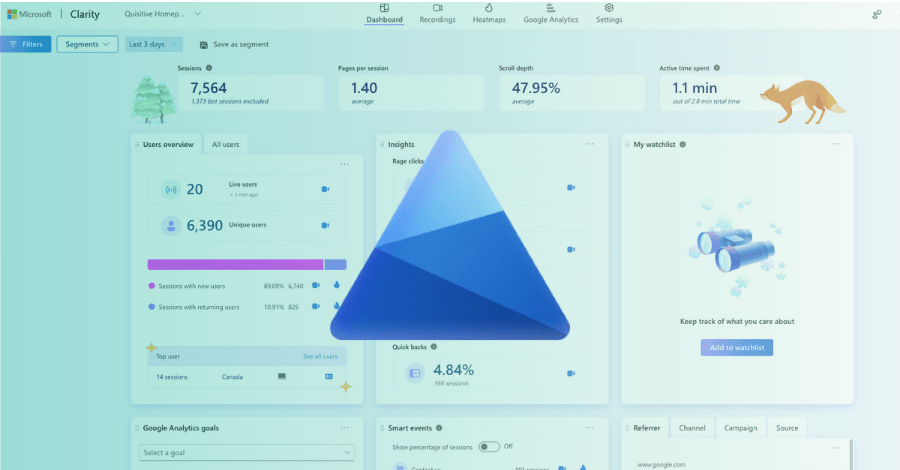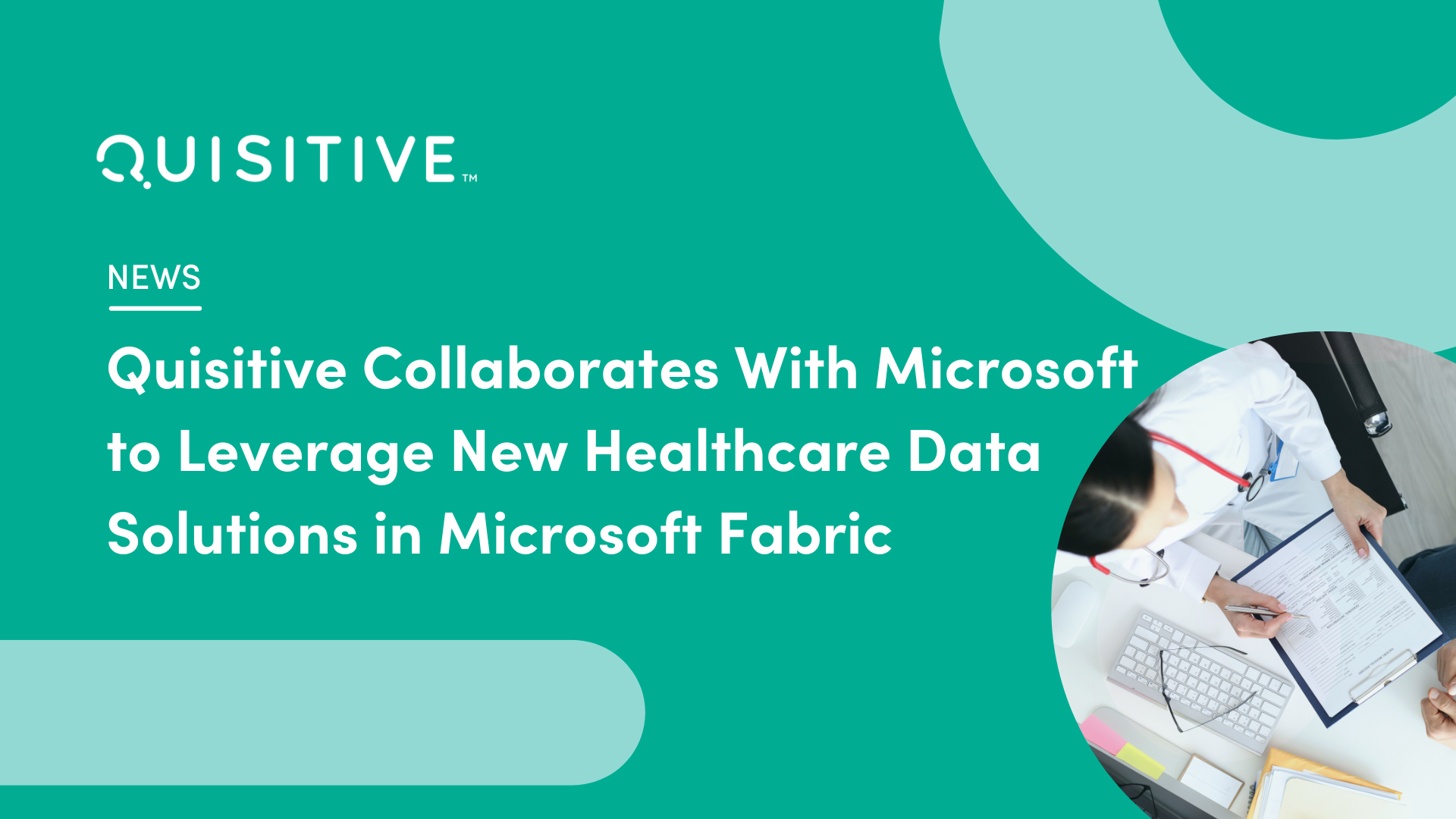More than ever, healthcare professionals rely on software to do their jobs. A lot of software. In a typical healthcare organization, staff might have dozens (or hundreds) of systems in use by different departments. Some common tier-1 applications include:
- Electronic medical records (EHR/EMR)
- Revenue Cycle Management (RCM)
- Hospital information system (HIS)
- Enterprise resource planning (ERP)
- Customer relationship management (CRM)
- Supply & inventory management (SCM)
- Medication management
- Telehealth/Telemedicine programs
- Data analytics software
- Patient Portals
- Laboratory information systems (LIS)
- Radiology Information System (RIS)
- Picture Archiving and Communication System (PACS)
- Integration Engines
If copious amounts of technology made healthcare professionals’ work easier, faster, or improved patient care, the added administrative tasks would feel worth it.
Unfortunately, the data often sits in silos separated by system, purpose, or function. When this happens, providers are often left scrambling to collaborate, access meaningful tools, and efficiently serve patients. This lack of tech integration led a Forbes article to label data silos as “healthcare’s silent shame.” Ouch.
As the author explains:
For starters, most hospitals – even leading centers – are struggling to meaningfully organize the genetic and phenotypic data of their own patients in a fashion that can truly inform clinical decision-making.
For starters, most hospitals – even leading centers – are struggling to meaningfully organize the genetic and phenotypic data of their own patients in a fashion that can truly inform clinical decision-making.
How Data Silos Happened and Why They Matter
When HITECH (Health Information Technology for Economic and Clinical Health) became law in 2009, it required healthcare organizations to use electronic health records and achieve “Meaningful Use” goals. While this legislation helped advance the industry’s focus on data, it fell short of what we now see as vital – a requirement to standardize records so data could be shared among health systems.
As it happened, healthcare facilities began widely adopting electronic records before we saw the mess that dispersed data created. Thirteen years later, the repercussions of this oversight continue to plague the industry, including hospitals, where diverse teams of providers and support staff must access and understand vast amounts of digital information on a minute-by-minute basis.
Add these administrative requirements to an increasingly competitive market, and you get the current situation, one the Surgeon General has labeled a crisis due to worker burnout and resignation. Although it’s a complex issue exacerbated by the challenges of COVID-19, experts agree that administrative burdens play a large role in healthcare’s mass exodus.
Data silos contribute to the strain by creating glaring inefficiencies from both patient and provider perspectives, especially within hospital settings. Here’s how:
1. Day-to-day operations
Hospital professionals must accurately evaluate and meet patient needs while effectively managing hospital resources. Triage, admission, and discharge decisions (patient flow) are hindered when staff can’t access the right data at the right time because everyone uses varying systems that don’t integrate. That is, the right foot does A while the left does B, leaving both at a standstill.
Entering notes and communication is the most significant pain point for hospital leaders.
When staff ack access to real-time information, like which and how many beds are occupied or available, patients can sit in waiting rooms for hours while beds sit empty or waiting to be cleaned. Other times, physicians may question whether to send a patient to the ICU or a general ward because they can’t access multiple medical records and medication lists.
And let’s not forget the elephant always in the room – the never-ending task of data entry, when doctors and nurses are forced to enter the same information into different systems over and over again. We recently conducted a private survey of 100 hospital leaders about healthcare technology concerns. Respondents listed difficulty entering notes and communication as their most significant software pain point.
Outdated or disjointed systems also strain supply management efforts. How can any team, especially healthcare professionals who work in a high-intensity environment, meet patient needs when they don’t have or can’t find essential medical supplies?
2. The bottom line
The financial implications of data silos can’t be ignored. Hospitals need funds to operate, and run an effective healthcare facility requires balancing the budget and minimizing waste. When systems don’t integrate, the problems created by long wait times, excessive paperwork, and supply mismanagement make the cost of doing business go up.
Take supply struggles, for example. Physicians, nurses, and pharmacists may use different supply and materials management systems, some more sophisticated than others. While one team might use software to understand what and how much gets used, another may rely on a desktop spreadsheet, and another on post-it notes (it’s been known to happen).
The disparity and lack of confidence in systems can then lead to inventory hoarding, a sloppy but not unheard-of occasion in which staff shoves essential supplies in a cabinet or closet in case they run out at a crucial moment. This “just in case” method often negates the “just in time” ordering so many hospitals strive for. Obviously, such practices are neither sustainable nor cost-effective.
Further driving costs upward, many hospitals use software from different vendors, making it harder to manage costs and upgrades (e.g., one system gets replaced while another sits aging on a shelf).
Our recent surveys confirm the extent of supply frustration, as respondents listed differing ordering systems that don’t communicate across departments and lack of visibility for vendor discounts as the top complaints against supply management technology.
3. Regulatory compliance
Healthcare professionals follow a lot of rules. While compliance obligations fall under a broad umbrella, most relate to patient safety and privacy.
In a hospital setting where different teams routinely compile and access electronic health records, maintaining patient privacy remains a top priority. It’s also a major cause of data silos and why sharing records between providers is so tricky.
Also, when the time comes for teams to prove compliance, they have to chase data from system to system, making the job time-consuming and unpleasant. This consistent tracking of outcomes will also prove useful for insights when planning continuous improvement protocols.
4. Patient care
Despite the stress data silos put on other areas of healthcare, patient care bears the brunt. The fact is, disordered medical data stifles complete, timely care.
First, like providers, patients spend significant time repeatedly filling out identical paperwork, wondering why each process exists when surely the information must sit in a cloud somewhere.
Referrals become clunky and labor intensive, and patients stay frustrated with care that resembles a patchwork of providers at various venues – outpatient facilities, primary care practices, specialty clinics, and hospitals. And few of these sites communicate with the others.
Effective diagnosis and treatment then take a hit because providers often get an incomplete picture of medical history, medications, and specialist care. All the while, patients spend extensive time in a hospital waiting room when all they want is relief. A unified data pool with even access across the system can significantly improve the continuity of care by allowing medical teams to collaborate and treat the whole patient.
The Solution: Unify Data Under a Single Platform
In good news, many hospitals understand the problems data silos create and are actively trying to improve the situation. As such, our survey found that 75% of respondents with EHR systems have established a budget for upgrades.
Here at Quisitive, we think having a single platform that houses multiple healthcare-ready solutions is the way forward. Here’s why:
- Providers get complete, accessible, real-time information, making them aware of critical patients, specialty physicians, and other necessary data that aids patient flow.
- Unified data makes it easier for regulatory teams to prove compliance.
- Integrated solutions help hospital staff and administrators limit who enters or re-enters patient information, ensuring data gets shared without breaching HIPAA and other regulations. Hospitals can then balance access and security.
- Fewer vendors (offering a single platform) make it easier to manage software costs and upgrades.
- Patients receive less paperwork, fewer repetitive questions, and prompt care.
- Leveraging a cohesive data set allows hospitals to create a plan for continuous improvement.
- Shareable data streamlines the referral process so that patients can see specialists sooner.
When health systems and their end users collaborate with access to unified data, everyone wins. Hospital administration, providers, and support staff have one less chore to worry about. Weary patients receive much-needed relief as medical facilities more effortlessly move toward value-based care. Provider-patient relationships strengthen, and costs stabilize for everyone.

Quisitive knows healthcare
Our real-time health solution, MazikCare, helps accomplish all the above – giving healthcare professionals indispensable access to data via a single platform, empowering informed decisions and enhanced patient care. Built on Microsoft Dynamics 365 and the Microsoft Cloud for Healthcare, MazikCare provides a digital bridge between patients, providers, and payers, streamlining and unifying each patient record, cutting down on vendor bloat and enabling care providers to save time and resources. MazikCare is the only platform on the market ready for healthcare businesses from Day 1, offering reduced implementation time, lower total cost of ownership, and accelerated ROI.
Get in touch! Ready to transform your corporate budgeting, planning, reporting & corporate performance management? We can help! With over 30 years of experience helping companies implement and optimize corporate performance management software, our team of experts is here to help analyze your existing processes and recommend the right solution to meet your needs. Get in touch

;)


